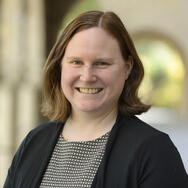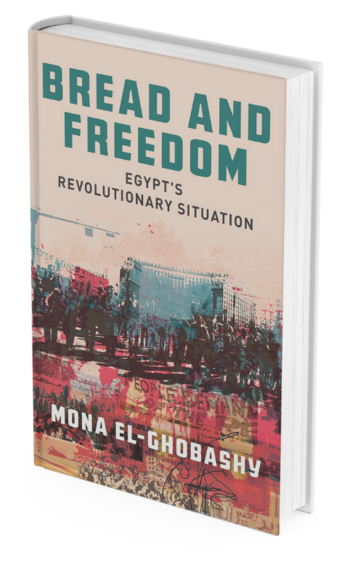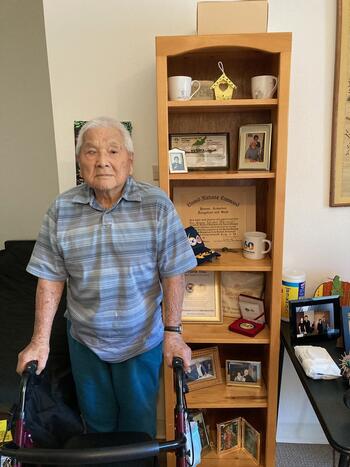The Intimate Lives of Enslaved Women
The REDI Task Force invites you to the next event in our Critical Conversations: Race in Global Affairs series; an exploration of the life of enslaved women. This panel discussion will feature experts of enslavement across the Atlantic including the U.S., Brazil, West Africa, and the West Indies.
What do we really understand about the lives and legacies of African enslaved women across the Atlantic? Enslavement is often rendered through a genderless lens, one in which the category of "race" trumps all else. However, research tells a very different story and one that requires an intimate analysis - enslaved women across the Atlantic held an experience that was shaped uniquely by their race and gender. This conversation will explore how Black women during the slave period acted and reacted to the material forces that shaped their lives in an attempt to not only survive the harsh conditions but to carve out a future for ancestors. This interdisciplinary discussion will draw from various archival sources ranging from Senegambia to Brasil's sugar plantations to articulating novel understandings of enslaved women's selfhood.
The panel will feature perspectives from three historians to uncover the intimate lives of African women; their kinship, religious, and resistance practices. Tracing a path through different locales, from free to enslaved status, we will discuss not only the lives of enslaved women, but their legacies.
This event is free and open to the public. There will be time for a Q&A.
Note: This discussion will be recorded.
Speaker bios:
Alexis Wells-Oghoghomeh is an Assistant Professor of Religious Studies whose teaching and research explores the intersections of race, religion, and gender in the United States. A historian of African-American religion, she specializes in the religiosity of enslaved people in the South, religion in the African Atlantic, and women’s religious histories. Her first book The Souls of Womenfolk: The Religious Cultures of Enslaved Women in the Lower South (UNC 2021) offers a gendered history of enslaved people’s religiosity from the colonial period to the onset of the Civil War. She is currently at work on her second project, which traces the gendered, racialized history of phenomena termed “witchcraft” in the United States. Her work has been supported by the Ford Foundation, Mellon Foundation, and Forum for Theological Education, among others. She received her B.A. in English from Spelman College, and Master of Divinity and Ph.D. from Emory University.
Jessica Marie Johnson is an Assistant Professor in the Department of History at the Johns Hopkins University and a Fellow at the Hutchins Center for African and African American Studies at Harvard University. She is also the Director of LifexCode: Digital Humanities Against Enclosure. Johnson is a historian of Atlantic slavery and the Atlantic African diaspora. She is the author of Wicked Flesh: Black Women, Intimacy, and Freedom in the Atlantic World (University of Pennsylvania Press, August 2020), a winner of numerous awards including the 2021 Wesley-Logan Best Book in African Diaspora History Prize from the Association of American Historians and the 2021 Lora Romero First Book Publication Prize of the American Studies Association. Her work has appeared in Slavery & Abolition, The Black Scholar, Meridians: Feminism, Race and Transnationalism, American Quarterly, Social Text, The Journal of African American History, the William & Mary Quarterly, Debates in the Digital Humanities (2nd edition), Forum Journal, Bitch Magazine, Black Perspectives (AAIHS), Somatosphere and Post-Colonial Digital Humanities (DHPoco) and her book chapters have appeared in multiple edited collections. She is the Founding Curator of #ADPhDProjects which brings social justice and histories of slavery together. She is also Co-Kin Curator at Taller Electric Marronage. She is also a Digital Alchemist at the Center for Solutions to Online Violence and a co-organizer of the Queering Slavery Working Group with Dr. Vanessa Holden (University of Kentucky). Her past collaborations include organizing with the LatiNegrxs Project. As a historian and Black Studies scholar, Johnson researches black diasporic freedom struggles from slavery to emancipation. As a digital humanist, Johnson explores ways digital and social media disseminate and create historical narratives, in particular, comparative histories of slavery and people of African descent.
Nohora Arrieta Fernández is a Presidential Postdoctoral Fellow at UCLA. She received her Ph.D. in Latin American Literature and Cultural Studies from Georgetown University in 2021. Her current research focuses on art history, visual studies, the history of commodities, and the intellectual traditions of the African Diaspora in the Americas. She has published essays and articles on Latin American literature and visual arts, comics, and the Afro-Latin American Diaspora, and is a collaborator of art magazines as Artishock and Contemporyand. She recently co-edited Transition. The Magazine of Africa and the Diaspora, 130. Her first co-translation project, Semantic of the World, the Poetry of Romulo Bustos, will be published by New Mexico Press (2022).
Online via Zoom



![[Left] Gerald Sim, [Right] the cover of 'Postcolonial Hangups in Southeast Asian Cinema'](https://fsi9-prod.s3.us-west-1.amazonaws.com/s3fs-public/styles/727x409/public/hero/sim_book_hero_1.png?h=c4d9845d&itok=Nweh65PP)






















